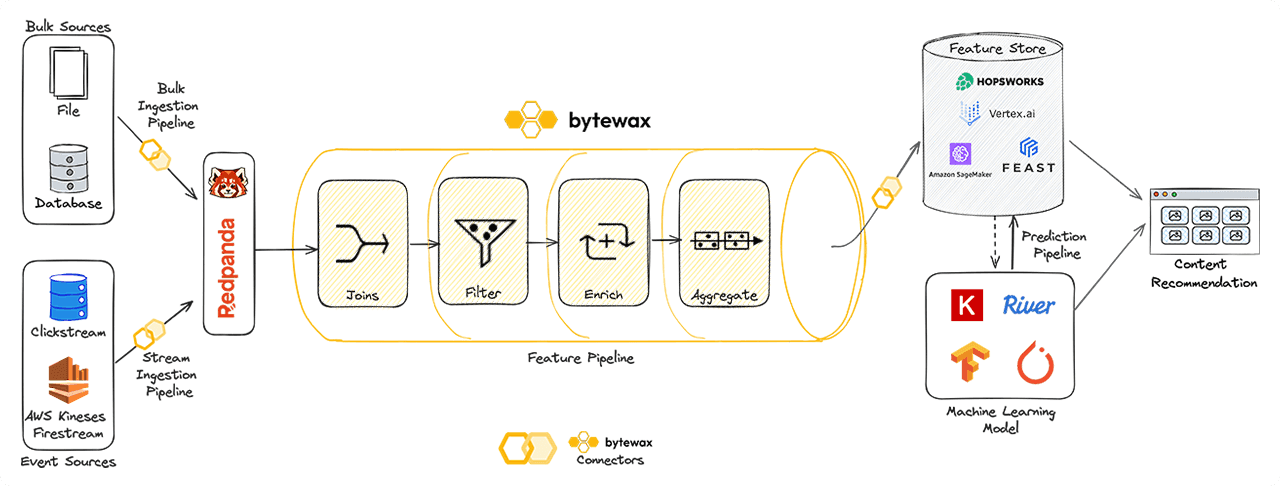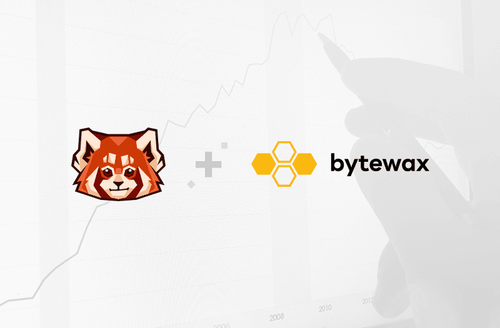

Machine Learning models are only as good as the input features you feed at training and inference time. For many real-world applications these features must be generated and served as fast as possible, so the ML system produces the best predictions possible.













